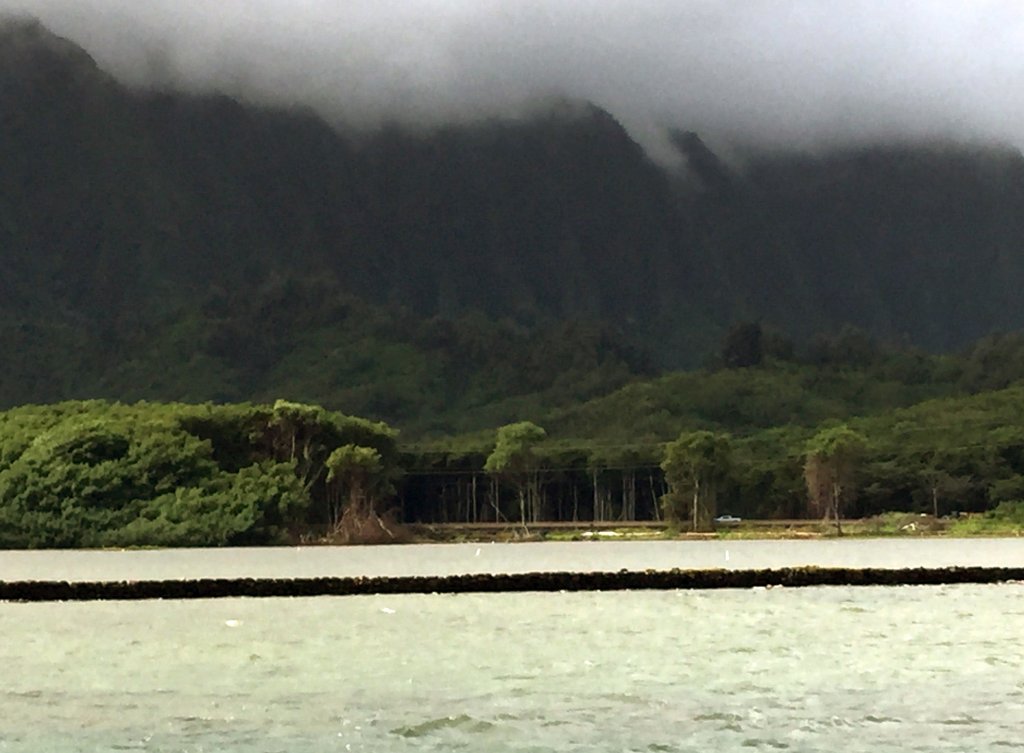Effects of watershed restoration to traditional Hawaiian land use practices on health of nearshore coral reef ecosystems
PRINCIPAL INVESTIGATOR: Rob Toonen
Co-INVESTIGATOR: Chris Jury
Graduate Fellow: Paolo Marra-Biggs

Native Hawaiians used the ahupuaʻa system to successfully manage their natural resources for centuries prior to Western contact. Following Western contact, this land management system was largely abandoned, and together with urbanization and dredging resulted in catastrophic changes to the coral reefs of Kāneʻohe Bay during the 20th century. Over recent decades several community groups have taken the call to respond to these problems by reestablishing a functional apuhuaʻa in Heʻiea, on Kāneʻohe Bay, with the goal of improving the ecosystem services and ecosystem functions to the area. Chief among the restoration efforts in the area are repairs to Heʻeia Fishpond, restoration and replanting of loʻi kalo in the adjacent watershed, and the removal of alien invasive mangrove forests and other alien wetland species and replacement with native plant communities. Non-native species alter the landscape and destroy essential habitat for native species, such as endangered waterbirds. As a result of considerable effort from the community, Heʻeia was recently established as the newest addition to the National Estuarine Research Reserve system with the goal of better understanding how traditional management approaches might be used in modern times to support the ecosystem services provided by these critical ecosystems. Reimplementation of traditional practices is predicted by many to result in positive effects on fish and corals in the nearshore waters and improvement of nearby coral reefs. To better understand how watershed restoration and traditional Hawaiian management practices impact the function, health, and productivity of nearshore coral reefs, this study will examine changes in water quality, fish and coral abundance, and coral health as the restoration efforts in Heʻeia unfold. The information gained from this study will allow us to better manage the area and will provide lessons that can be applied elsewhere.

